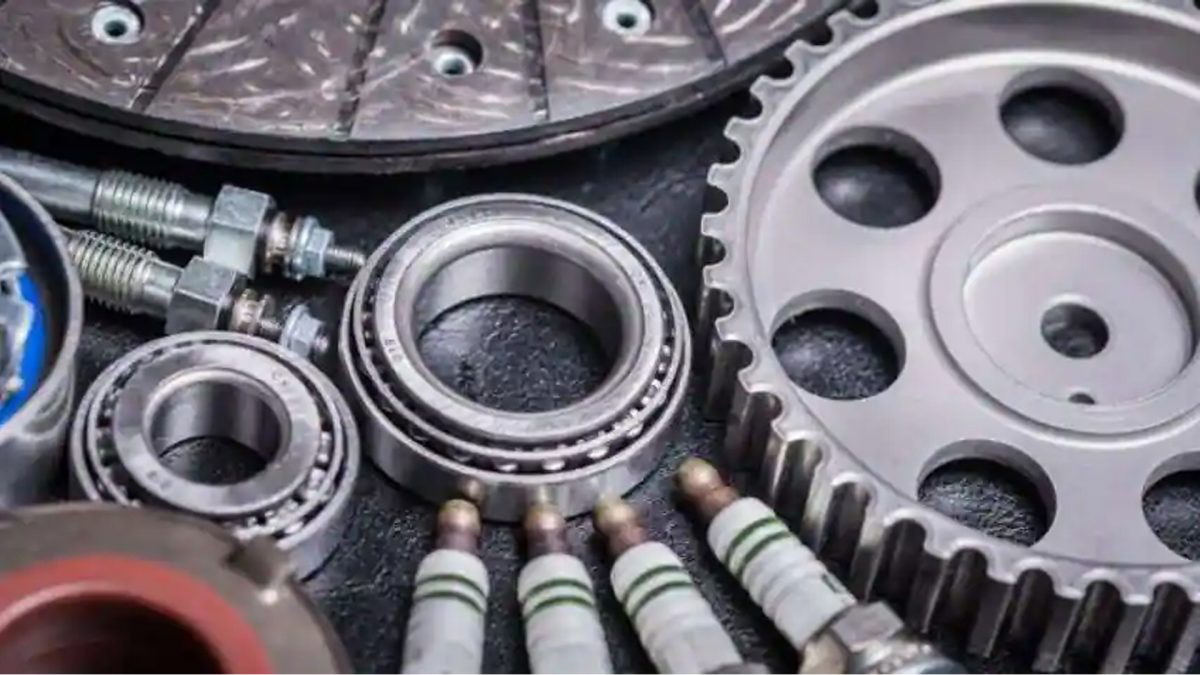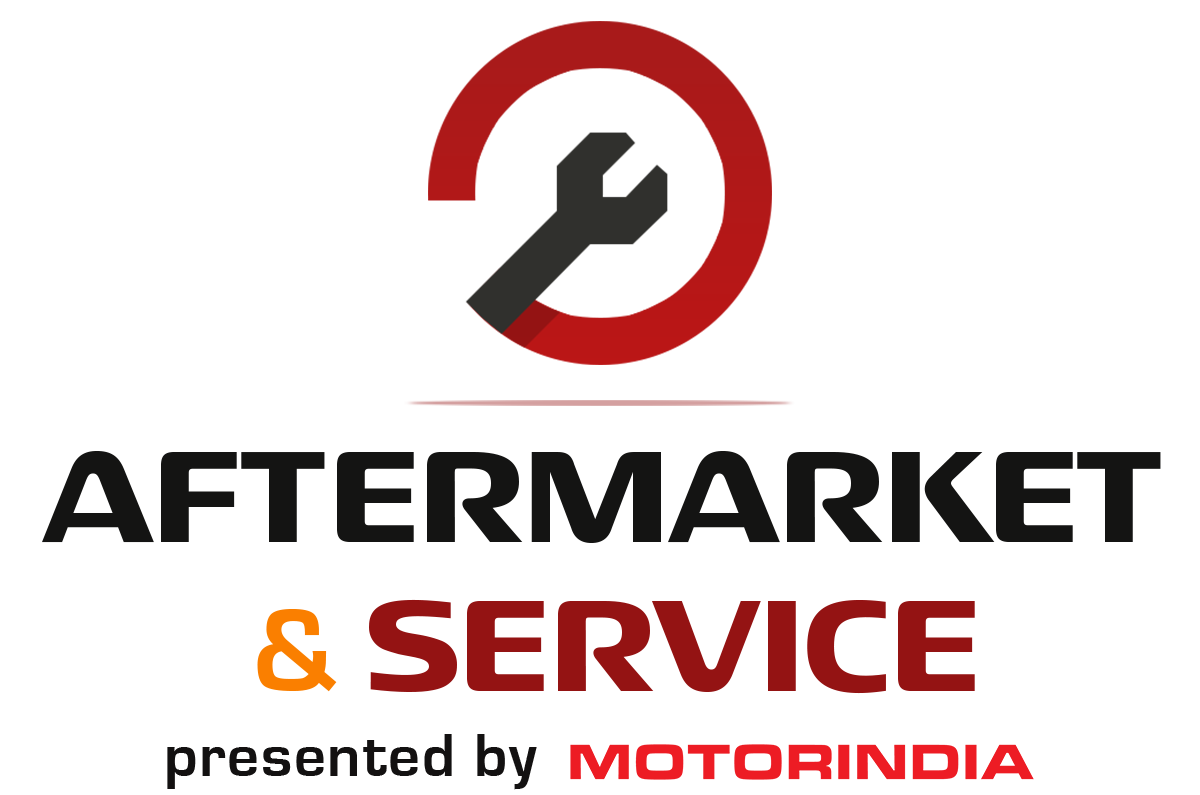ICRA estimates that the average age of M&HCVs had increased to almost 10 years, while the average age of PVs had risen to 7.3 years in FY2022, the highest in the past two decades

The aftermarket segment constitutes around a fifth of the overall demand and remains a vital cog in the Indian auto component industry. ICRA projects the replacement demand growth at 6-8% in FY2024, supported by underlying demand drivers, including the increase in mobility, improving economic activity, and healthy freight movement. The improvement in demand has resulted in a positive impact on cash flows for aftermarket dealers and garages. The liquidity in the aftermarket remains comfortable, and there have been relatively minimal issues in the collection of receivables. The replacement segment has also benefitted from the postponement of new vehicle purchases due to increasing inflationary pressure and elongated waiting periods, especially in the PV segment.
Giving more details, Shamsher Dewan, Senior Vice President and Group Head – Corporate Ratings, ICRA, says, “Original Equipment Manufacturers (OEMs) have undertaken periodic price hikes across segments in the last two to three years because of the changes in regulatory norms and cost inflation. Further, the semiconductor shortage and supply- chain issues have resulted in an increase in vehicle wait times. The increase in vehicle prices, along with higher wait time, have resulted in deferred purchases and necessitated replacement, wherever required.”
With the deferral of vehicle purchases since FY2020, the proportion of CV fleet older than 10 years increased considerably and was almost half of the M&HCV population in FY2022 and H1 FY2023. Similar trends are visible for LCVs older than five years, which now account for almost two-thirds of the LCV population. ICRA estimates that the average age of M&HCVs had increased to almost 10 years in FY2022, the highest in the past two decades. In the PV segment, ICRA assesses the average age at 7.3 years in FY2022, also the highest in the past two decades. ICRA highlighted that the increase in vehicle parc and ageing of vehicles on the road augurs well for auto component replacement demand.
Adding further, Dewan says, “Demand for used cars remains healthy, aided by the growth of organised players, elongated wait periods for new cars, and improving financing penetration. The growth of organised players has enhanced the accessibility and reliability of aftermarket services and products and, in turn, supported demand. This apart, reduced imports and growth in the proportion of branded parts, deeper penetration in rural/semi-urban regions, and better awareness among consumers about vehicle safety and importance of periodic maintenance are likely to facilitate growth in replacement demand over the medium term.”
While the medium-term demand prospects are favourable, EV adoption, implementation of scrappage policy, component lifetime elongation, and possible increased use of public transport vis-à-vis private vehicles could cap the growth. “EVs will have significantly fewer parts compared to a traditional ICE vehicle, and thus maintenance requirements will reduce. Also, the sale of engine and transmission products could be impacted by EV adoption”, Dewan added.
While vehicle eligibility for scrappage by vintage remains significant, actual scrappage is likely to be lower as older trucks are generally used in hinterlands for short-haul operations by SFOs and are unlikely to be replaced. Further, setting up of necessary infrastructure for scrapping and further clarity on the valuation of scrap, etc., remain key for the successful implementation of the scrappage policy. With improvements in technology, component lifetime has increased by 15- 20% in the last 5-10 years, necessitating lower replacement.




